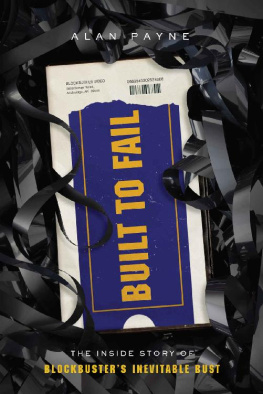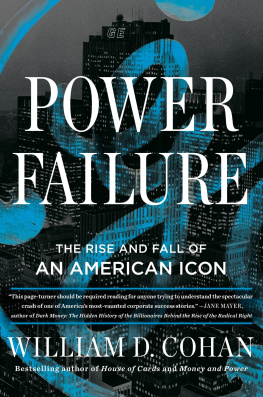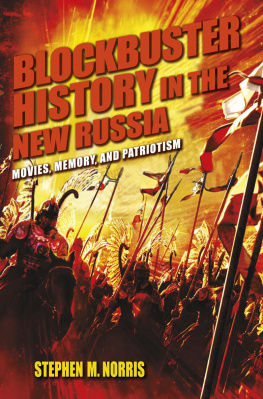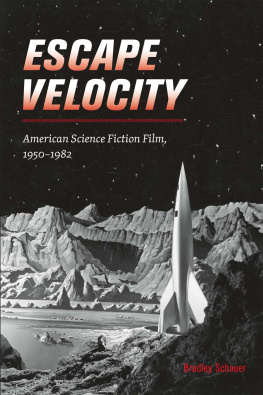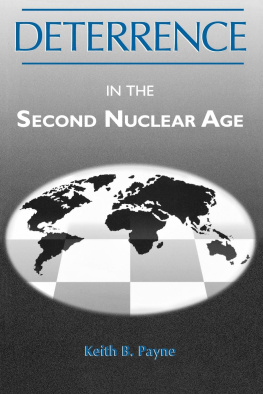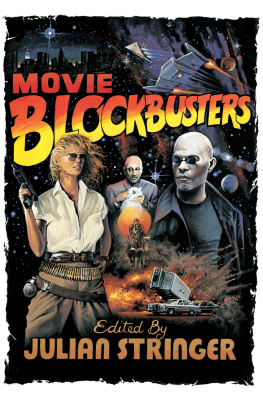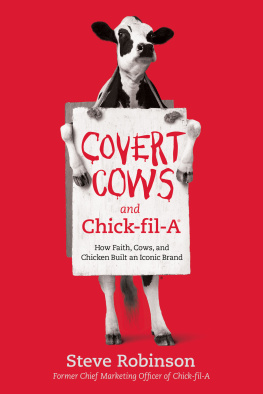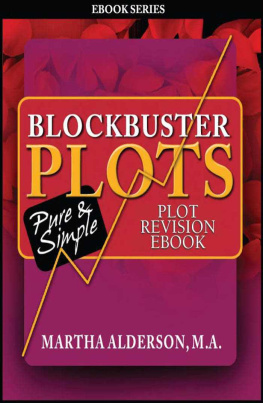All rights reserved.
Introduction
Have you ever wondered why dominant companies fail? How seemingly invincible companies like Sears, Kmart, Kodak, Toys R Us, Borders, and dozens of others just go away? There is a long list, and when you think of the most memorable ones, Blockbuster is probably in your top five, especially if you are of the baby boomer generation. You probably spent a lot of time at Blockbuster. It was a weekly ritual with family and friends, a community gathering spot, and the beginning of the weekend.
Quentin Tarantino called the video store a cultural thing that was lost. And nothing worthwhile has taken its place. To tell you the truth, I dont know why it was lost. After reading this book, you may wonder the same. Managed differently, could Blockbuster still be here today?
Blockbuster opened its first store in 1985, and in those early years, it was one of the fastest - growing companies of all time. From 1987 to 1994, it opened 3,000 stores, more than one a dayfor seven years . It was led by one of the great entrepreneurs in U.S. history, H. Wayne Huizenga. He is best known as the only person to found three Fortune 500 companies: Waste Management, Blockbuster, and AutoNation. (Although Huizenga did not technically found Blockbuster, he bought it in its early stages and is responsible for building it into one of the most iconic brands in American business history.)
If you invested in Blockbuster stock when Huizenga was in charge, you did very, very welleven better than had you invested in Microsoft stock, which went public around the same time. Huizenga bought Blockbuster for $18.5 million; just nine years later, he sold it for $8.4 billion.
But if you invested in Blockbuster any time after 1994, when Huizenga left, you did not do well. You may have lost it all. Thousands did, including infamous corporate raider Carl Icahn, who calls Blockbuster, The worst investment I ever made.
Why do you think Blockbuster failed? When I ask people that question, the answer is almost always Netflix, of course. By Netflix, they mean the video streaming giant that is now the most valuable entertainment company in the world. Thousands of postmortem analyses of Blockbuster say the same. Even Netflix co - founder Reed Hastings recently attributed Blockbusters demise to its inability to transition from DVD rentals to streaming. But that is not what happened. Blockbuster was in deep financial trouble long before Netflix ever streamed a movie.
So, if streaming didnt kill Blockbuster, what did? How can a company that so dominated an industry be in an almost constant struggle to survive? Because throughout its brief twenty - five - year history, the only thing Blockbuster ever did better than everyone else was open more stores. As the new home entertainment industry began to mature in the mid -1990s, Blockbusters growth slowed, and competitors took dead aim. Opening more stores was no longer the answer, and Blockbuster was helpless.
Technology did not kill Blockbuster. Blockbuster killed Blockbuster!
The stories of failed companies are often told by their former leaders, whose main objective is to protect their own legacies. They sometimes acknowledge mistakes but more often cast themselves as victims of forces out of their control. The same is true of all Blockbuster CEOs. None have accepted responsibility for what happened. They blamed the companys demise on everything but themselvespredecessors, successors, bad movies, financial markets, uncooperative Hollywood studios, recessions, weather, anything but their own mistakes. But mistakes were made, and as you will discover, many were outright reckless.
This book is the comprehensive story of Blockbuster from start to finish, told by someone who was there the longest. You can find countless articles and academic studies about the company, and most of them are factual and informative. But when the writers attempt to draw conclusions about why Blockbuster failed, most of them get it wrong. Some horribly wrong. It is not intentional. They just do not know what they do not know.
I ran video stores for 31 years, longer than just about anyone. The first six years were spent competing with Blockbuster when I ran operations for a chain of video superstores called Video Central. It was owned by the H - E - B Grocery Company, one of the most highly respected retail companies in the world. Our stores dominated Blockbuster, but I left when H - E - B decided to sell Video Central.
I spent the next 25 years as a Blockbuster franchisee and profitably ran our stores longer than anyone elseexcept for the very last store that still operates in Bend, Oregon. I saw it all and was on the receiving end of some of the most ill - advised business decisions imaginable. My company, Border Entertainment, survived years longer because we did not follow Blockbusters lead and, in most cases, did the exact opposite.
Blockbuster was consistently outsmarted and outmanaged by smaller companies. And the challenges began earlier than you thinklong before Netflix was even an idea in the minds of founders Reed Hastings and Marc Randolph.
Blockbuster was phenomenally successful in its early years and made thousands rich beyond their wildest dreams. But Wayne Huizenga built the company to grow and nothing else. And even though his successors had ample time to rescue Blockbuster from itself, we know that did not happen. Blockbuster became one of the most iconic brands in the history of American business, but it cracked at the first sign of a challenge. From its founding, Blockbuster was a company built to fail.
Roston, Tom 2017, I Lost It at the Video Store , 117
Chapter 1
America Goes to the Video Store
I say to you that the VCR is to the American film producer and the American public as the Boston strangler is to a woman home alone.
Jack Valenti, former President of the Motion Picture Association of America, in his 1982 testimony before Congress
Yes, there was a time when you couldnt watch a movie or television show whenever or wherever you chose. Just forty years ago, the content producers (mostly Hollywood studios) controlled your viewing schedule. New movies were released only in theaters for limited runs, then taken away for years at a time before reemerging in repeat runs, or television where they appeared only in their designated time slots. The studios had complete controlthat is, until the video cassette recorder (VCR) was introduced in 1975. And that meant war!
The VCR led to the creation of the video store and eventually Blockbuster. But, had the studios had their way, it would never have happened.
The studios believed copyright laws granted them complete control over their content, which included preventing citizens from recording programs on VCRs for private use. In 1976, led by Universal and Disney, the studios filed a lawsuit against the Sony Corporation to ban sales of its Betamax video recorder, and implicitly the VHS video recorder made by JVC. Remarkably, in 1981 (after there were already millions of VCRs in American homes), the Ninth Circuit Court of Appeals found in favor of the studios. Sony was, therefore, liable for copyright infringement by Betamax users. The lower court was ordered to impose an appropriate remedy, which included banning sales of the VCR. Hollywood had won.

